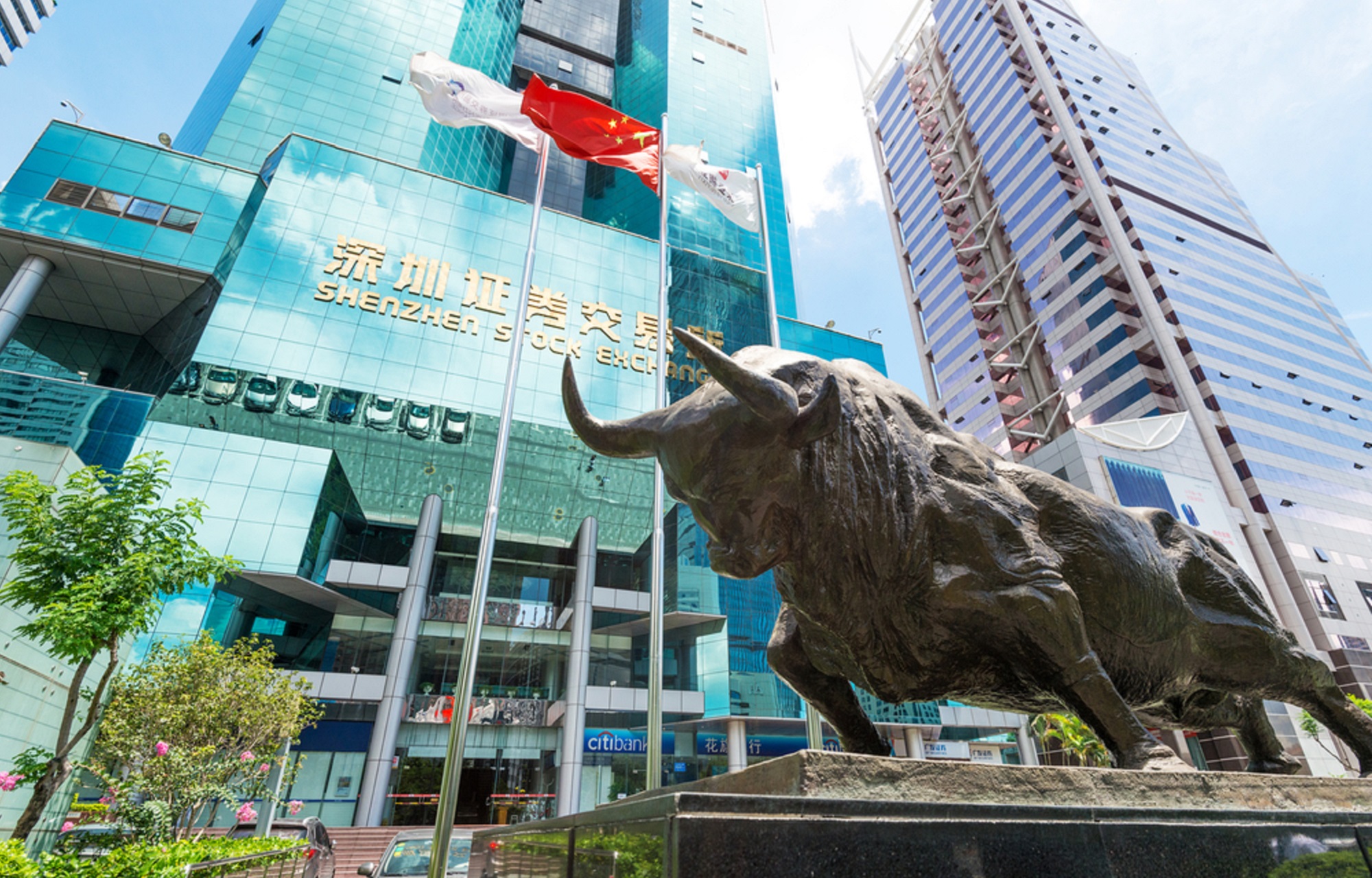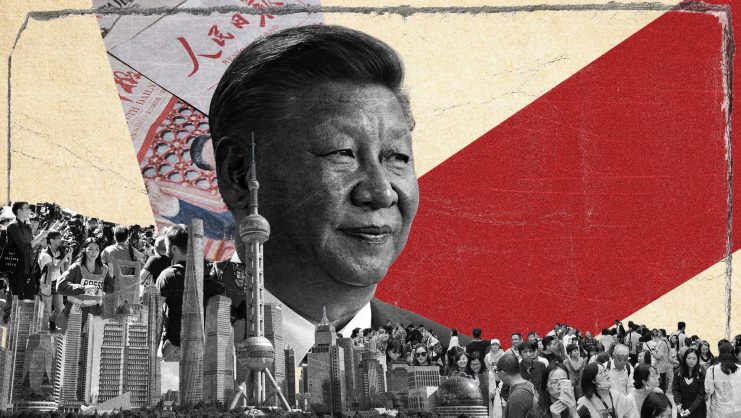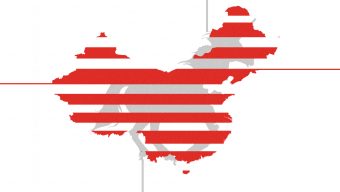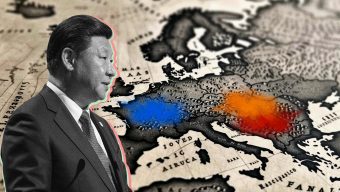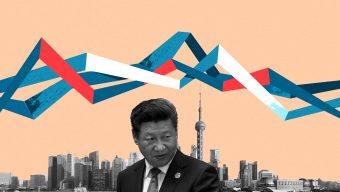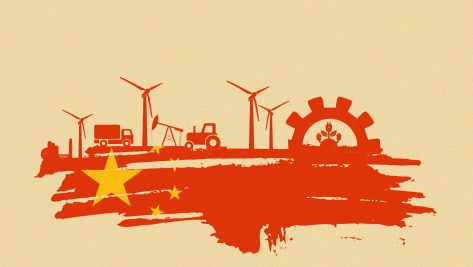China’s slowed growth, with a negative third quarter bringing in a meager increase of 4.9%, has fallen well short of its long-term historical average and this has had a knock-on effect on its stock markets. However, China is not giving up the ghost and is applying the phrase “desperate times call for desperate measures.”
This means that the world’s major economic powerhouses are no longer aligned in monetary terms. While the US and Europe are considering how to stop injecting money without financially strangling their economies and hiking interest rates, China is focused on the opposite: turning on the money-making machine to insert cash into the economy and expand liquidity.
In recent weeks, we have seen how the US Federal Reserve has hastily pulled the plug on stimuli, with the much-feared “tapering” to control shocking inflation, which is already at 6.8% year-on-year, the highest level in 40 years. In the same vein, the European Central Bank and its members are discussing the amount to be withdrawn from its monthly cash injections. Conversely, the Chinese government is embarking on the introduction of new monetary stimuli to jumpstart its Chinese economy.
As occurred with the Covid pandemic, China was the first country to be hit by economic instability. It thus rose from the ashes before the rest of the rich Western world and has since decided to focus on two major monetary policy changes in the form of incentives to relaunch its economy. On the one hand, it is targeting its financial system, its banks, to be precise. The Chinese Central Bank (POBC) has decided to relax solvency and capital requirements, recently reducing the reserve requirement ratio on its balance sheets by 50 basis points and thereby paving the way for its banks to offer greater financing to the country’s private economy, mainly in the form of mortgages.
In other words, by reducing creditworthiness requirements for its banks and offering more money to finance house purchases, thus shoring up its battered real estate market, China is trying to remedy cases such as the notorious financial problems of the giant Chinese real estate company Evergrande.
In addition, the Chinese regulator is reducing the cash ratio required of banks to comply with cash-flow ratios, which means that less money will be tied up on banks’ balance sheets and more money will be available for lending to companies and households (i.e. full-fledged monetary expansion.) All this will mean an extra 188 billion dollars of cash injected into the economy in order to boost productivity and bring lower financing costs for families and companies.
These moves by the Chinese Central Bank and the Chinese government may appear to be aggressive, but the reality is that Chinese banks, even with the reductions in their solvency ratios, still boast reserve requirement ratios of 8.4%. This is a more than acceptable figure for a country that has experienced such strong growth over the last two decades.
Moreover, injecting cash is not clashing with excessive inflation, given that China’s latest annual inflation rate was 2.3%, i.e. much lower than its Western counterparts. In other words, the risk of their economy overheating is lower and therefore they have more room for maneuver in expanding liquidity and thus recovering from the recent setbacks in their economic growth.
When China’s domestic economy is in trouble, the focus needs to shift back to foreign trade and a cheaper currency is a much-needed catalyst to boost its economy.
China, in addition to all these monetary aid policies, is also adopting measures to expand the tendering of land and policies to make it easier for real estate developers to pay their debts so that they are not dragged under by insufficient cash flow and can thus start new projects that stimulate economic activity.
Finally, the central bank is also trying to stop the revaluation of its currency, the yuan, by increasing the foreign currency reserves that the country’s banks must hold from 7% to 9% – this after raising the figure from 5% to 7% only last June. This type of measure has not been used since 2007, but it must be noted that the yuan has already appreciated by 10% this year against the euro and 3% against the US dollar. This is not good for its exports. In other words, when China’s domestic economy is in trouble, the focus needs to shift back to foreign trade and a cheaper currency is a much-needed catalyst to boost its economy.
It is true that, at the beginning of 2021, the Chinese government had implemented a series of restrictions, such as the one imposed on real estate developers to prevent them from over-leveraging themselves financially and thus curb unsound investments and reduce social inequality. But this was when the country’s forecasted growth was 8% per year, not the 5% of today.
It’s important to remember that economies are living, breathing creatures and what works today may not work tomorrow. China has made its move. So, for everyone’s sake, let us hope that the plan succeeds and that the country is able to find the right balance between growth, inflation, and monetary expansion. And let’s hope that this is useful for Europe and the US to achieve the same result, since the mere mention of the word ‘stagflation’ sets off a whole host of alarm bells. For it is one thing if money loses value, but if there is no growth, well, we find ourselves in what I would call “financial hell.”
A version of this article ran in Spanish in El Pais.
© IE Insights.



